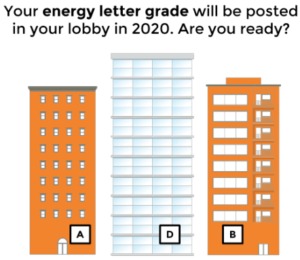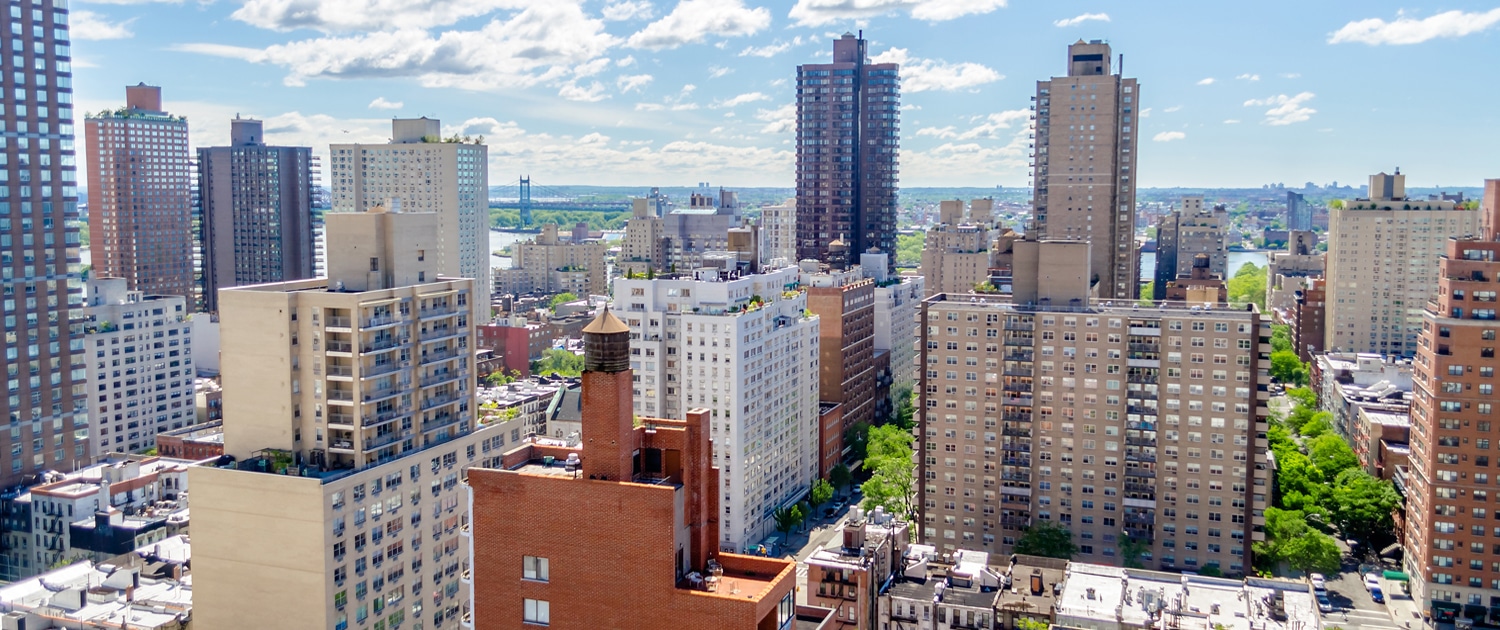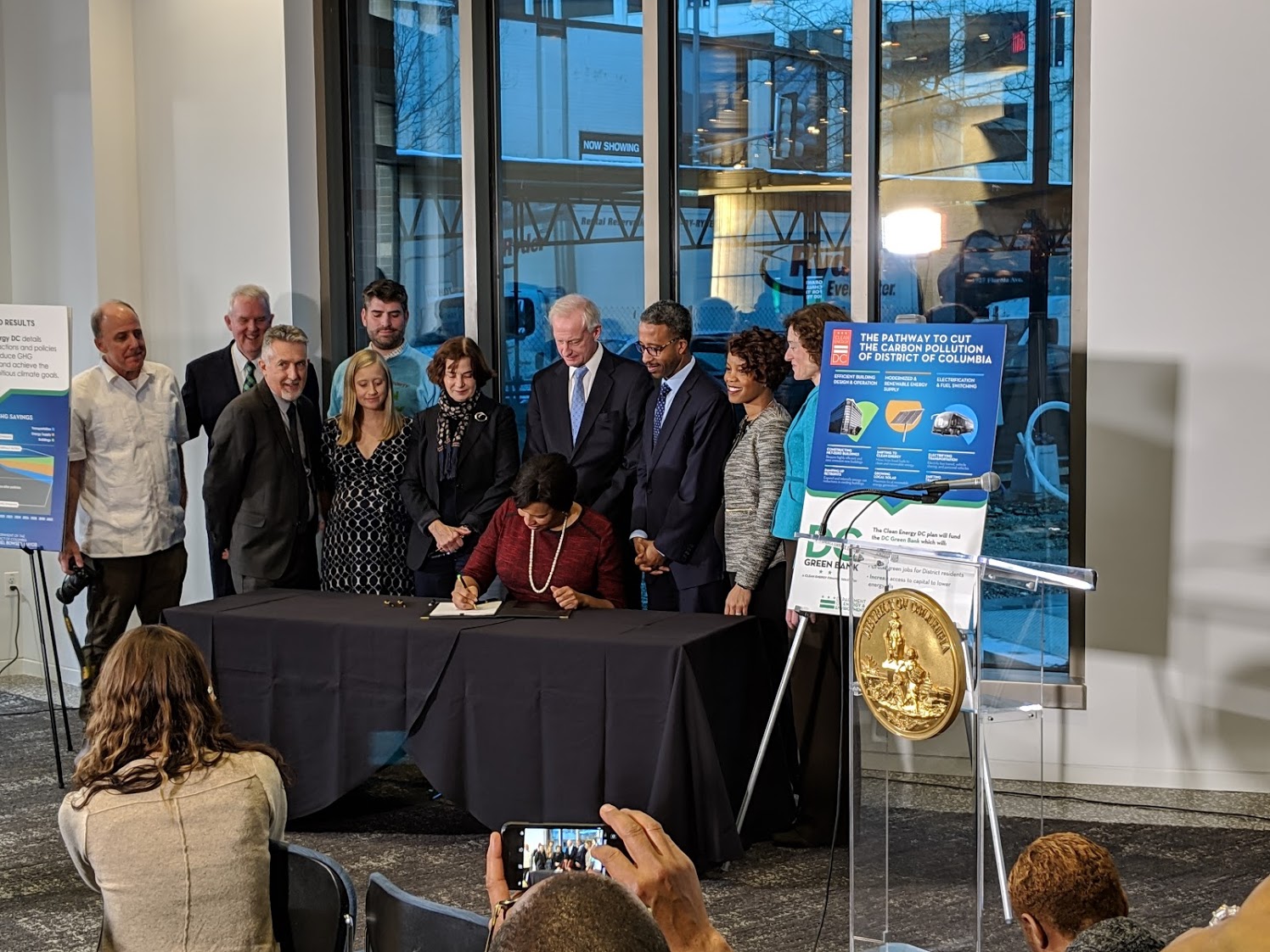A lot has happened since the start of the WinterGreen newsletter, which was first distributed 20 years ago via fax machine. From the inception of LEED, to the Climate Mobilization Act, WinterGreen has covered it all.
In honor of its anniversary, we are looking back at the milestones that occurred along the way and making predictions for the future…
1999 – Steven Winter Becomes Chairman of the US Green Building Council
 As Chairman of the U.S. Green Building Council from 1999 to 2003, Steven Winter helped guide the organization through a period of immense growth. This included the launch of Leadership in Energy and Environmental Design, also known as the LEED® Rating System, and Greenbuild, the nation’s largest green building conference and expo.
As Chairman of the U.S. Green Building Council from 1999 to 2003, Steven Winter helped guide the organization through a period of immense growth. This included the launch of Leadership in Energy and Environmental Design, also known as the LEED® Rating System, and Greenbuild, the nation’s largest green building conference and expo.
2000 – SWA Receives NYSERDA Pioneer Award
 At a gala event celebrating the 25th anniversary of the New York State Energy Research and Development Authority (NYSERDA), Steven Winter Associates (SWA) was presented with the NYSERDA Pioneer Award for their extensive contributions to making buildings more energy efficient and sustainable.
At a gala event celebrating the 25th anniversary of the New York State Energy Research and Development Authority (NYSERDA), Steven Winter Associates (SWA) was presented with the NYSERDA Pioneer Award for their extensive contributions to making buildings more energy efficient and sustainable.
2001 – Green Building Guidelines Book Published for Home Builders
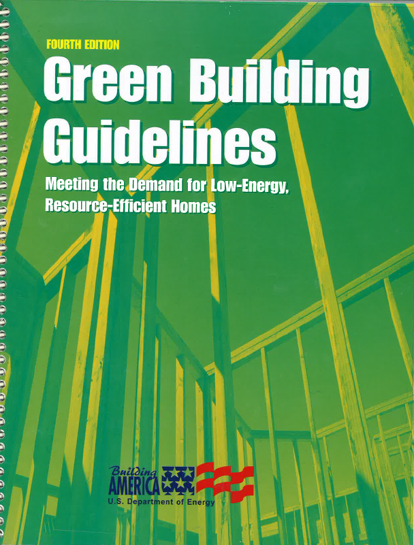 In conjunction with the U.S. Department of Energy (DOE), the National Renewable Energy Lab (NREL), and the Sustainable Buildings Industry Council (SBIC), SWA staff collaborated to create “Green Building Guidelines: Meeting the Demand for Low-Energy, Resource-Efficient Homes.” The book provided green building techniques and strategies for home builders and residential construction professionals.
In conjunction with the U.S. Department of Energy (DOE), the National Renewable Energy Lab (NREL), and the Sustainable Buildings Industry Council (SBIC), SWA staff collaborated to create “Green Building Guidelines: Meeting the Demand for Low-Energy, Resource-Efficient Homes.” The book provided green building techniques and strategies for home builders and residential construction professionals.
2002 – SWA Helps DEC Become New York State’s First Ever LEED Certified Building
 Working with NYSERDA, Picotte Companies and WCGS Architects, SWA provided certification support to the design team, earning the project LEED V2.0 Silver. SWA’s services included initial LEED tabulations and goal setting, detailed LEED V2.0 evaluation reporting, and completion of the final documentation package, which led to the certification of New York State’s first ever LEED building.
Working with NYSERDA, Picotte Companies and WCGS Architects, SWA provided certification support to the design team, earning the project LEED V2.0 Silver. SWA’s services included initial LEED tabulations and goal setting, detailed LEED V2.0 evaluation reporting, and completion of the final documentation package, which led to the certification of New York State’s first ever LEED building.
2003 – The Solaire Declared Nation’s First “Green” Residential High-rise
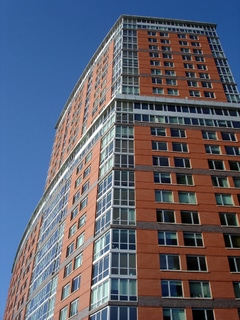 New York Governor George Pataki dedicated The Solaire as the country’s first “green” residential high-rise building, calling it “a benchmark for urban sustainable development and for green buildings worldwide.” SWA supported the design team on this project from conceptual design phase through construction administration. The Solaire, located in New York’s Battery Park City, was the first residential building to be completed in downtown Manhattan after the terrorist attacks of September 2001, and was the first beneficiary of Governor Pataki’s green building tax credit.
New York Governor George Pataki dedicated The Solaire as the country’s first “green” residential high-rise building, calling it “a benchmark for urban sustainable development and for green buildings worldwide.” SWA supported the design team on this project from conceptual design phase through construction administration. The Solaire, located in New York’s Battery Park City, was the first residential building to be completed in downtown Manhattan after the terrorist attacks of September 2001, and was the first beneficiary of Governor Pataki’s green building tax credit.
2004 – SWA Joins Project Team for Oculus Terminal at World Trade Center
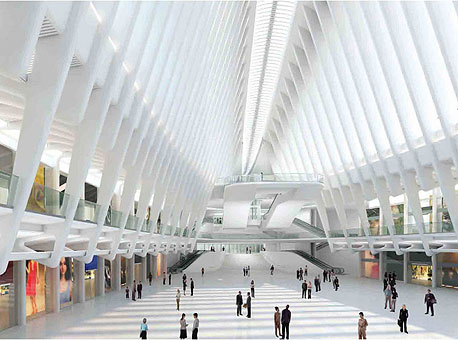 Led by the joint venture of DMJM+Harris and STV, as well as the internationally renowned architect, Santiago Calatrava, SWA was invited to join the project team to provide energy efficiency and sustainable design consulting services for the new World Trade Center station, also known as the the Oculus. The rebuilt PATH terminal is incorporated into the design.
Led by the joint venture of DMJM+Harris and STV, as well as the internationally renowned architect, Santiago Calatrava, SWA was invited to join the project team to provide energy efficiency and sustainable design consulting services for the new World Trade Center station, also known as the the Oculus. The rebuilt PATH terminal is incorporated into the design.
2005 – USGBC Announces LEED for Homes Pilot Program
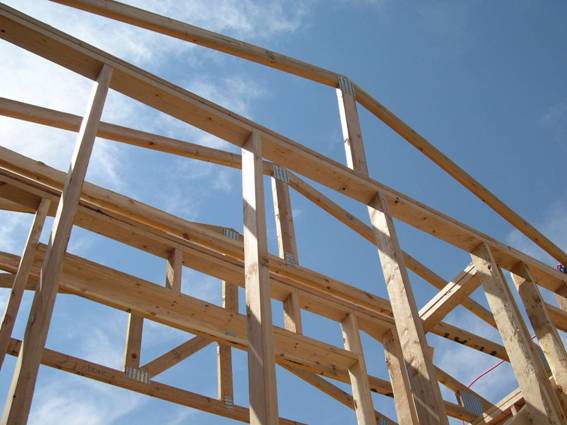 Excited to announce the first ever LEED program for residential construction, the USGBC immediately began seeking applicants to test the effectiveness of the all new LEED for Homes through a Pilot Program. LEED for Homes, which is considered a green building milestone, was made possible by a passionate committee of industry professionals co-chaired by Steven Winter.
Excited to announce the first ever LEED program for residential construction, the USGBC immediately began seeking applicants to test the effectiveness of the all new LEED for Homes through a Pilot Program. LEED for Homes, which is considered a green building milestone, was made possible by a passionate committee of industry professionals co-chaired by Steven Winter.
(more…)
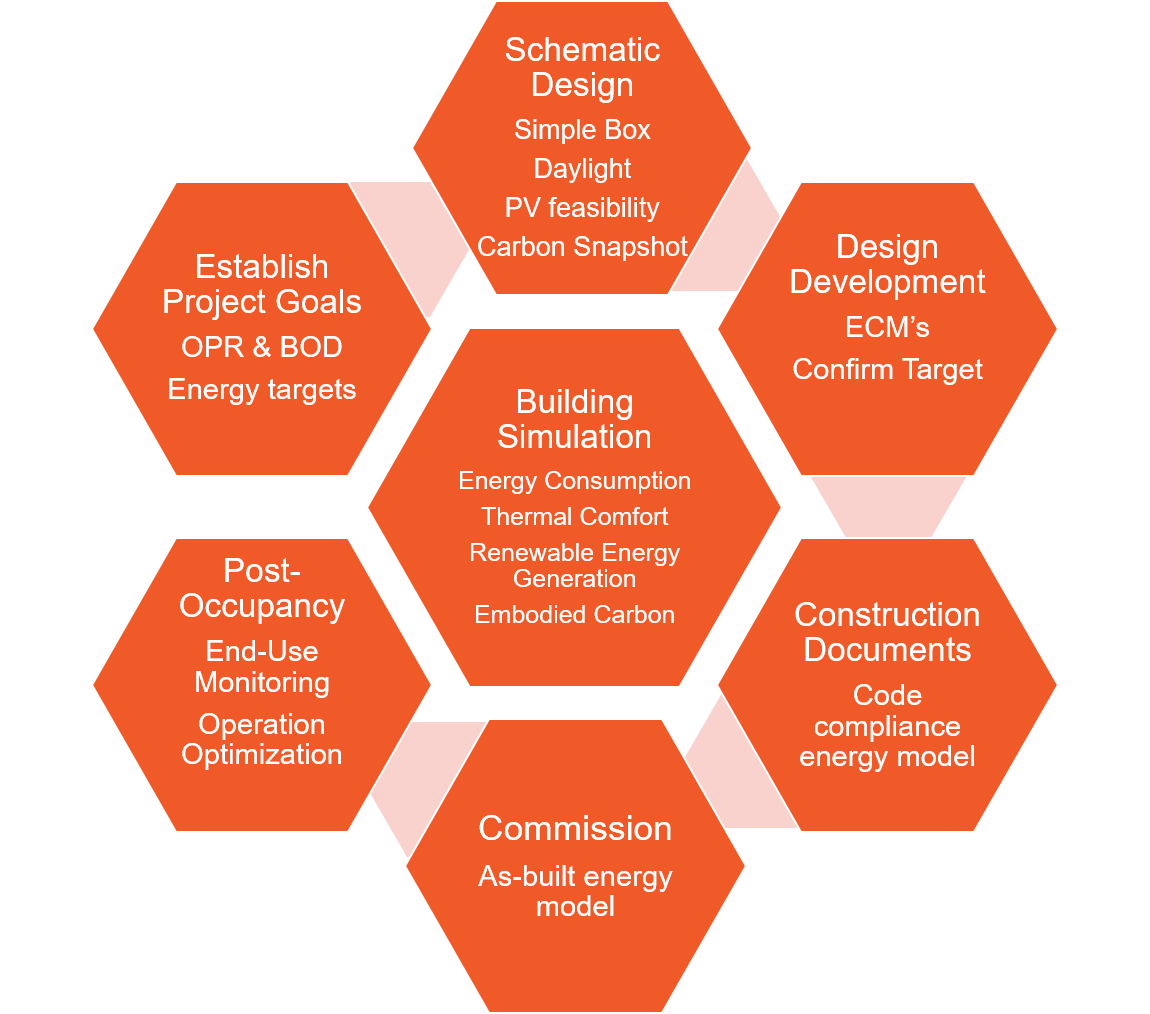 An integrated design process (IDP) anchors the architectural program to performance metrics such as carbon dioxide equivalents (CO2e), Energy Use Intensity (EUI), and zero Energy Performance Index (zEPI). So, by completing the IDP, you’re getting the basic tools to optimize embodied carbon and operational energy use in your design:
An integrated design process (IDP) anchors the architectural program to performance metrics such as carbon dioxide equivalents (CO2e), Energy Use Intensity (EUI), and zero Energy Performance Index (zEPI). So, by completing the IDP, you’re getting the basic tools to optimize embodied carbon and operational energy use in your design:











